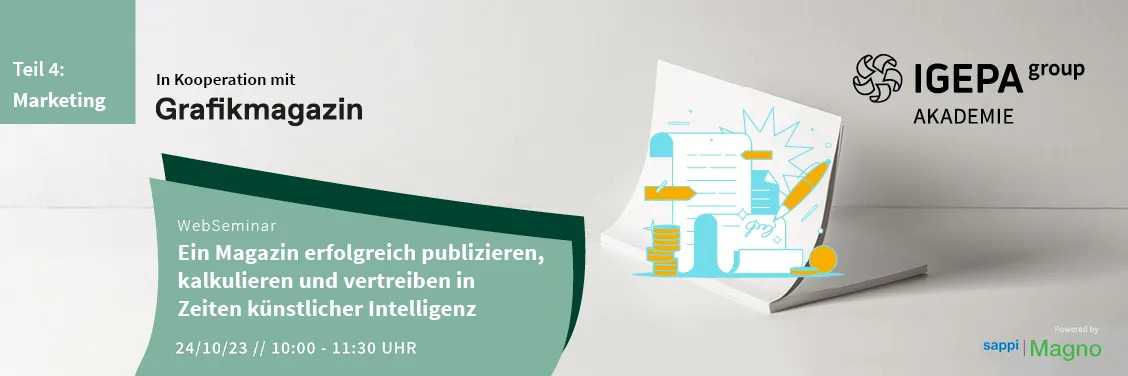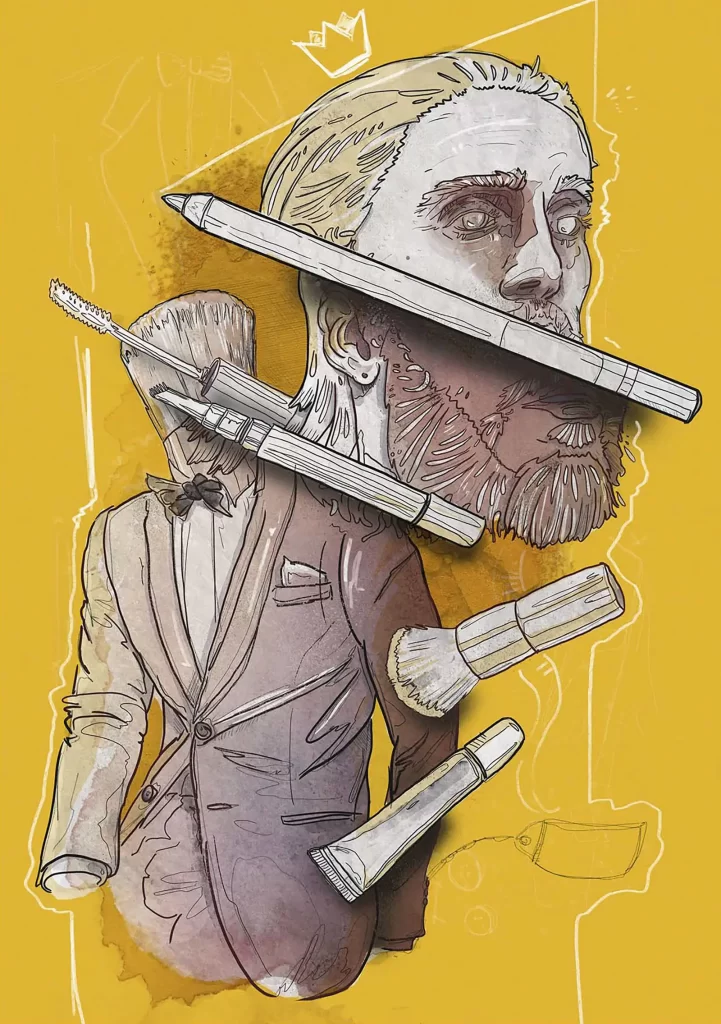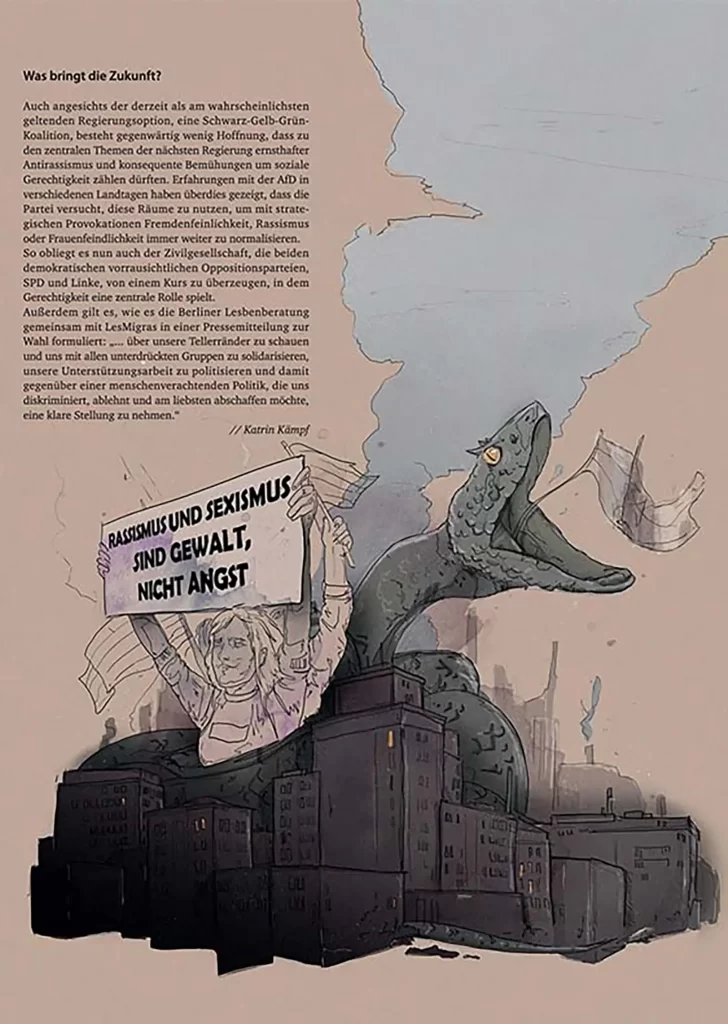Anyone who illustrates for newspapers and magazines has to be able to think quickly about new things and find suitable motifs even when the subject is unfamiliar. Today a cultural text is illustrated, at the end of the week it will be renewable energies, then a sporting event or a Netflix series. Illustrators in the editorial field are by definition generalists.
But are there also good reasons to specialize? Do people who are personally familiar with a certain topic perhaps find more appropriate images? Illustrator Sascha Düvel specialized in queer editorial illustration after completing his studies and says: "Diversity is currently a trend. However, we must not forget that there is an illustrative approach to LGBTQ+ that has not only emerged in the wake of the current modern phenomenon." We wanted to know more ...
The topic of diversity is currently present almost everywhere, in movies and television, in advertising, in the illustration of articles or in toys. But you yourself have been working on the topic for much longer. Can you tell us something about the history and development of LGBTQ+ illustration?
There has always been illustration by or for LGBTQ+ people. From courageous struggles for rights and recognition to style icons who have given community issues even more media presence. From hidden doodles to flyers and street art. Currently, however, we are in a time where community influences have become more and more prevalent on social media, making LGBTQ+ a much bigger topic than ever before. I hope that as part of this development, more visibility also means more acceptance.
What exactly is LGBTQ+ illustration? Is this "only" about a thematic focus or are there other levels that are touched on?
For me, LGBTQ+ illustration means including different influences, orientations and opinions. This diversity, of the community, should be reflected in a certain way in the illustration.
When dealing specifically with LGBTQ+ content, I find it important to be able to educate or address situations that are not addressed in less specialized media. I want to show ways of life and convey a message through illustrations that you wouldn't necessarily find in other media formats.
The process starts with understanding what the specific topic is and how to deal with it illustratively. Clearly there are overlaps here, we are mostly talking about illustrations about people's lives and situations that can affect us all very similarly - not things from a completely different world. This is precisely where illustration
should point out similarities and open up new perspectives when viewed.

When the poem that Amanda Gorman read at Joe Biden's inauguration was to be translated into other languages, there was a wide-ranging, sometimes heated discussion about what personal qualifications the translators needed to have in order to accurately reflect Gorman's experiences. As an illustrator yourself, you are used to constantly familiarizing yourself with new topics and adopting new perspectives. What is your opinion on this: can certain content only be translated appropriately if you have had the same experiences as the source?
In my opinion, we should not generalize here. There are, of course, people who can familiarize themselves with a topic and have an incredible understanding of it. Nevertheless, this requires an enormous transfer of knowledge and experience before creating a work.
However, the chance of getting help or inspiration from a person who has probably been through a very similar situation will certainly be higher. So perhaps this illustration also shows the small rays of hope that can emerge between the problematic moments of a situation.
Conversely, do you often encounter portrayals of queer life that annoy you and think that you would have preferred someone who understands the subject?
I often have the impression that people move too quickly from illustration to execution. Why not take a little more time for the initial ideas and negotiate with yourself? Not every sketch has to become the final illustration. A creative process and looking at things from different angles helps every topic. How do I execute? What best embodies the theme? Which way of handling the chosen medium helps the illustration to be understood the most? In the end, not every sentence has to be illustrated verbatim. Metaphors or exaggerated symbols are also fine.
You clearly communicate your specialization in LGBTG+ illustration. Is this knowledge mainly in demand within the community or do mainstream customers also use it?
In the meantime, it has also become increasingly important for mainstream media to cover LGBTG+ topics and thus also specialized illustration. However, I don't see this as an encroachment, but am happy about the opportunity for more and more people to come into contact with topics that are also important in the community. I hope this will lead to greater acceptance among the population.
In Germany, mayors dance along to gay parades, ministers are openly homosexual and rainbow stickers are plastered on the windows of large banks - I'm sure many people think that the rights of the LGBTQ+ community can't be that bad. Where do you think there is still some catching up to do, where are things still in a bad way?
I don't necessarily want to be negative here. I am pleased that more and more reference is currently being made to our topics. In the best-case scenario, this creates more attention for small groups that might otherwise go unnoticed. It's also nice to see more illustrations and more graphics from the LGBTQ+ sector.
But I have an important request here: Everyone should really mean it and not just want to use the "colorful sticker".
As an illustrator, what would be your personal dream project, regarding LGBTQ+ or in general?
I have lots of great ideas for illustrations and graphics. I think every illustrator feels the same way. From page-long editorials, to books and spanning, vivid projection graphics. In terms of LGBTQ+, it would probably be a large, illustrated poster campaign. Distributed in places where these illustrations are also seen by people who might not otherwise come into contact with the topic so much. WILD, COLORFUL, COURAGEOUS and with a focus on a positive FUTURE.
Sascha Düvel works as an illustrator and art director and runs his own studio in Münster under the name tausendsasa.
In Grafikmagazin 01.22, one of his works is featured in the "Illustration showcase" and this issue's Grafik+ is also dedicated to the topic of illustration.
You can find a completely different topic, but equally exciting illustrations in our interview with Martin Stark.














